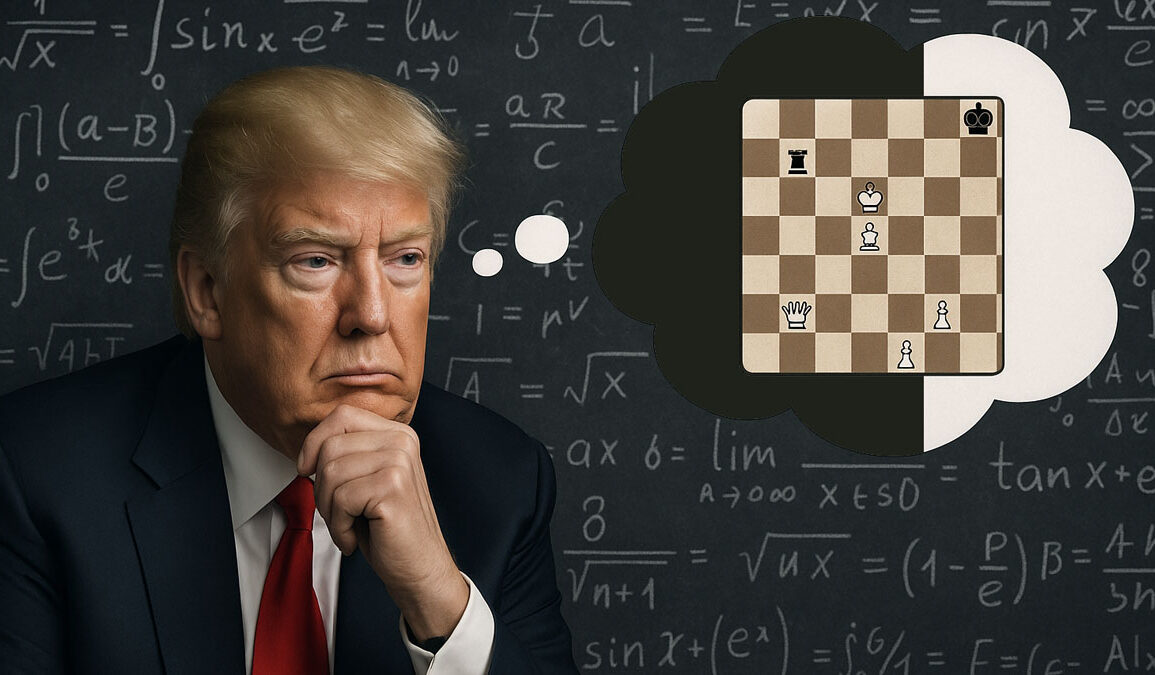The federal government has entered a shutdown for the first time since 2019, and President Donald Trump is signaling that he wants to use the moment not just as a bargaining chip, but as a chance to cut the federal workforce. While shutdowns in the past have led to furloughs and delayed paychecks, Trump is openly discussing permanent layoffs, saying the government has grown bloated and wasteful.
Trump’s Case for Layoffs
Hours before funding lapsed, Trump told reporters at the White House, “The Democrats want to shut it down, so when you shut it down, you have to do layoffs. So we’d be laying off a lot of people that are going to be very affected.” He described the shutdown not only as unavoidable but as an opportunity to slim down federal agencies.
Budget Director Russell Vought echoed the plan, telling Republicans on a private call that layoffs could begin “in the next day or two.” Vice President JD Vance added that firings were necessary “to preserve essential services,” even though historically shutdowns have never required mass layoffs.
The Numbers in Play
Federal officials estimate that about 550,000 workers will be furloughed immediately, while another 1.57 million continue working without pay until the government reopens. By law, furloughed employees are guaranteed back pay. But the Trump administration is directing agencies to prepare “reduction in force” notices for workers tied to programs that do not match the president’s priorities.
If carried out, the layoffs could reach tens of thousands, with some projections suggesting as many as 300,000 fewer federal workers employed by December than at the start of the year. That scale would be one of the largest reductions in government staff in modern history, potentially saving billions in salaries and overhead costs.
Why Now?
Trump and his team argue that the shutdown is the right moment to act. By linking layoffs to a lapse in funding, the White House can pursue cuts that would be politically difficult under normal circumstances. Officials say it will free resources for what they call “core operations” while reducing what they see as unnecessary bureaucracy.
The Patent and Trademark Office has already announced layoffs of about 1 percent of its staff and the closure of one of its regional offices. Other departments, like Interior and Transportation, are preparing their own plans.
Supporters and Opponents
Supporters in Trump’s camp describe the strategy as long overdue. Senate Majority Leader John Thune said Republicans will not be “held hostage” by Democrats and insisted that stopgap funding should be routine. Vought has also framed the layoffs as a way to align government spending with the president’s vision, cutting out what he called wasteful projects like climate initiatives and infrastructure funds for Democratic states.
Opponents, however, say the move is cruel, unnecessary, and legally questionable. Senate Minority Leader Chuck Schumer accused Trump of using the shutdown as cover to fire people he wanted gone anyway. Senator Richard Blumenthal called the plan “incredibly cruel and mean spirited,” saying it would not actually save money in the long run. Labor unions have already filed lawsuits, with Everett Kelley of the American Federation of Government Employees calling the layoffs “immoral and unconscionable.”
By threatening to make furloughs permanent, Trump may be attempting to pressure Democrats into cutting a deal to reopen the government. The White House is also withholding billions in funds for states and projects it sees as politically opposed to the administration. Some Republicans believe the standoff will eventually force Democrats to relent, while critics see it as a dangerous gamble with workers’ livelihoods and the economy.
As the shutdown drags on, the question is not only when the government will reopen, but whether it will reopen with a workforce dramatically smaller than before. For Trump, the shutdown may be more than a crisis. It may be the chance he has been waiting for to reshape the federal government by layoffs on a historic scale.
NP Editor: The information on the table does not exactly explain why, but any or all of the reasons could be valid. Trump wants to save money, he wants to lay a potential disaster at the Democrats feet, he wants to shake up the status quo and introduce a bit of extra chaos there.
I am not a good chess player but some of the chess puzzles (white to move, mate in two) that I have tried are frequently of the variety that the first move appears to be completely non-sensicle. Perhaps Trump’s move here is subtle enough that we don’t yet know the intentions.








